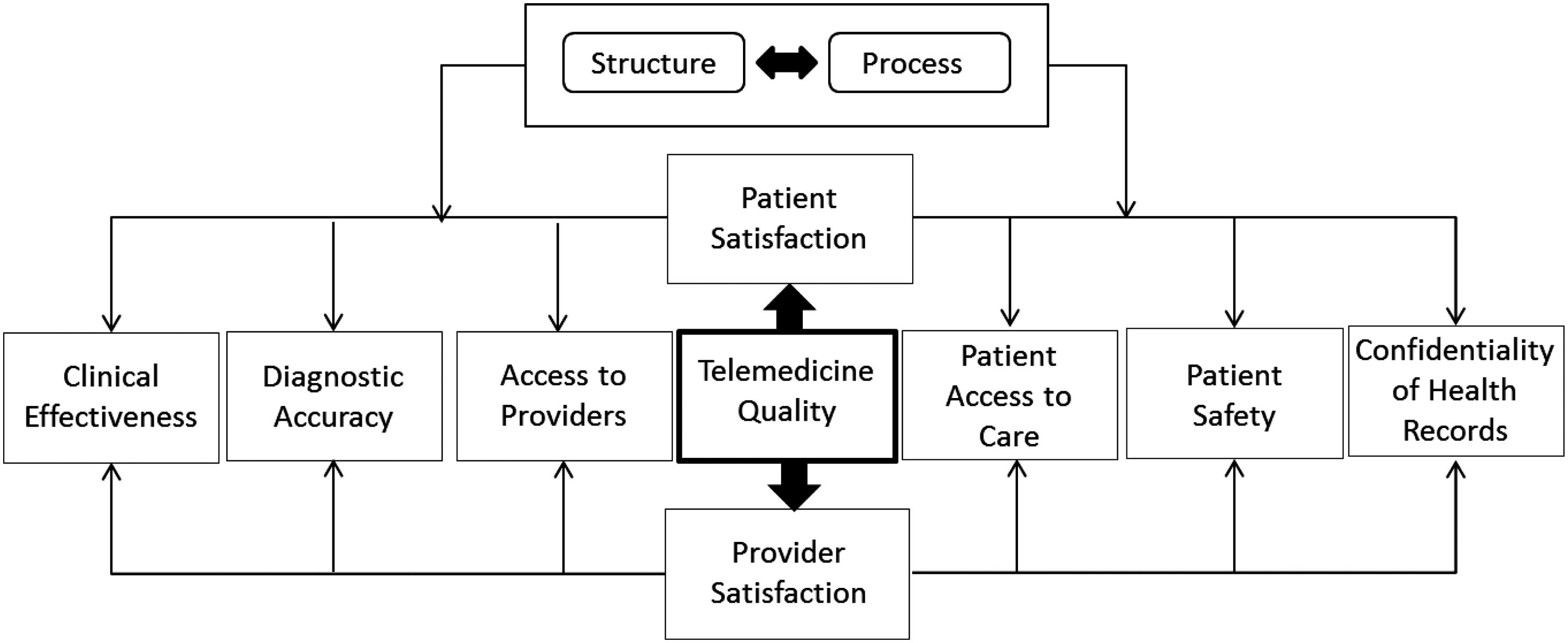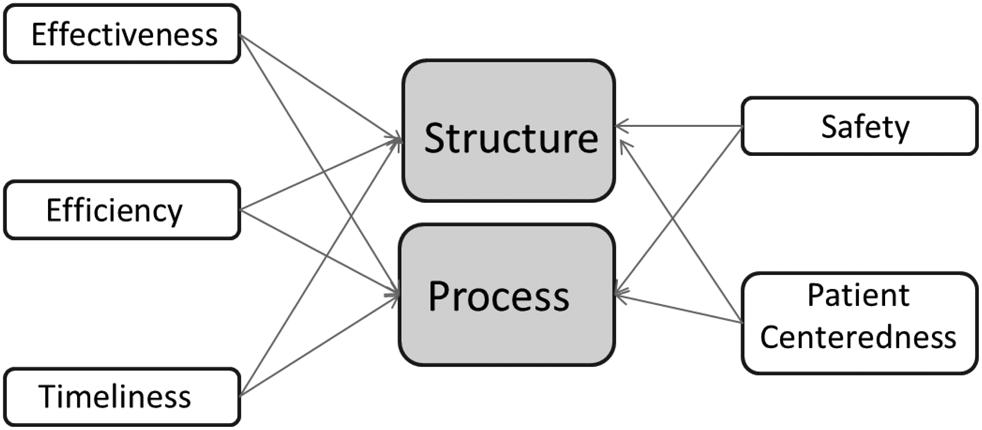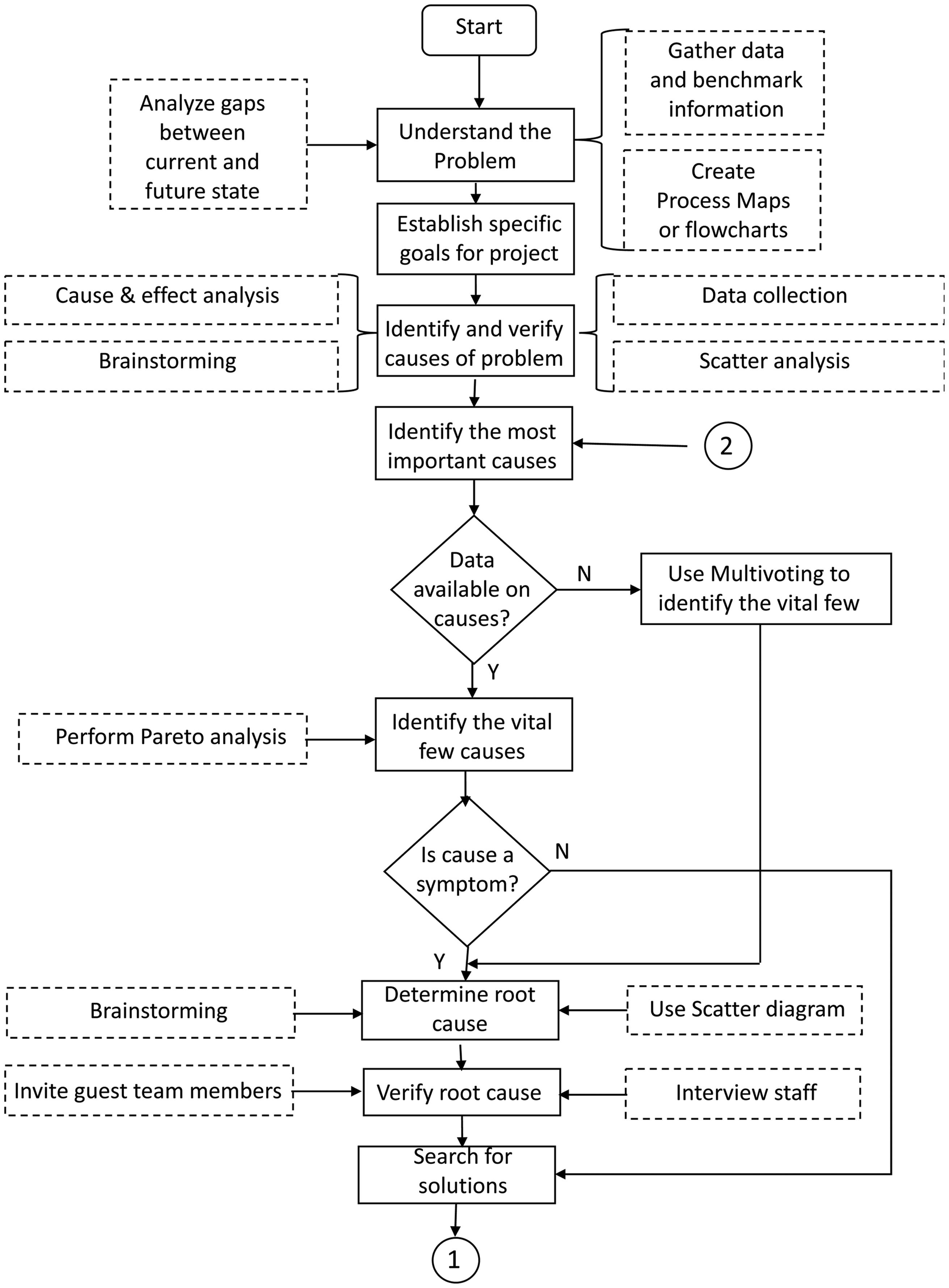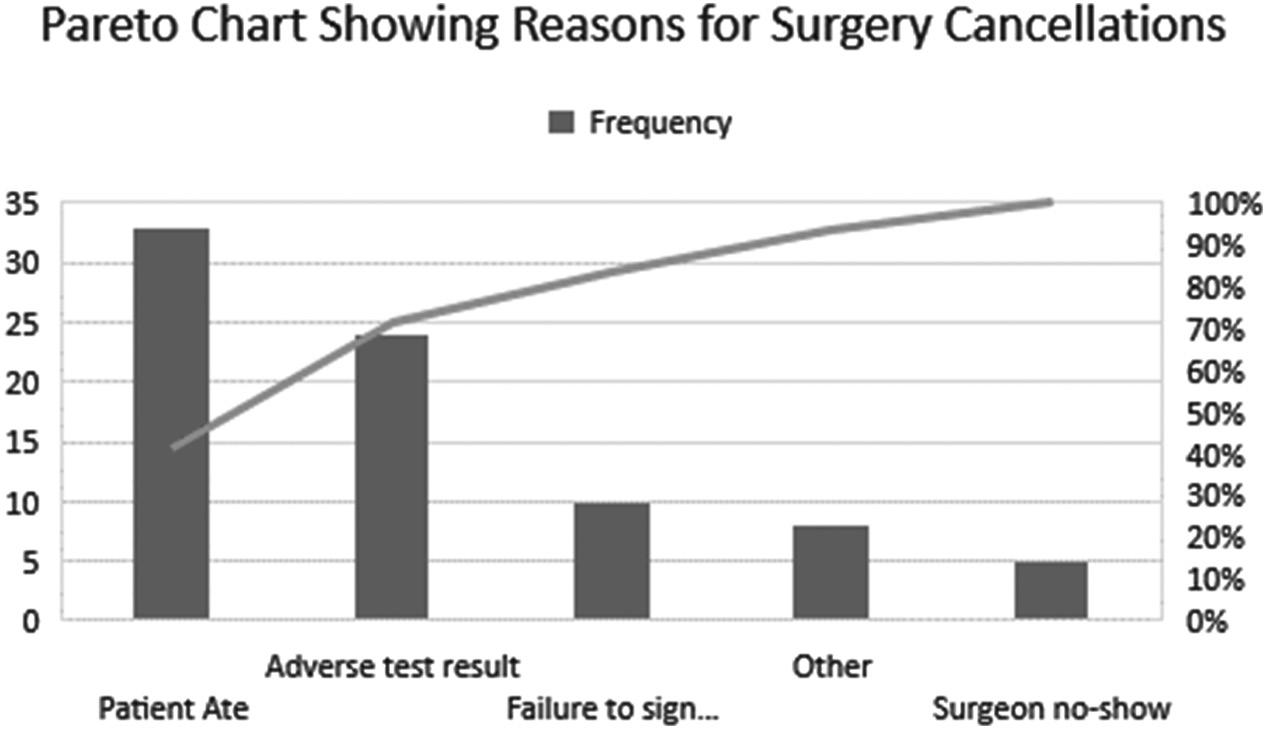The Healthcare Industry: Challenges and Opportunities ◾ 19
(Kushner, 1995). This study, however, noted that dietitians had the knowledge and skills to complement the physician and proposed a physician dietitian team. Many years later, the same gaps exist regarding the effectiveness of primary care physicians in this arena.
Empathy and Compassion In an era of digital transformation and technological innovation, there is overwhelming evidence to support the value of technology in healthcare. Equally compelling is the fact that the best technology in the world cannot substitute for the empathetic care of nurses. In fact, of all the characteristics that make a great nurse, empathy may be the most essential (Aubin, 2017). Value-based healthcare requires that healthcare organizations get the best talent possible, because better talent will deliver better patient care, including clinical and non-clinical talent. For today’s healthcare industry, finding and keeping top-notch physicians, nurses, and other providers is key to patients’ well-being and high patient satisfaction scores. However, competition for higher quality talent is fierce, and turnover can be high. According to Nursing Solutions’ 2016 Healthcare Staffing Survey, there are 78 million Baby Boomers. Since 2011, every 7.6 seconds another individual turns 65 years old. This segment represents 12 percent of the population, but that segment consumes 34 percent of healthcare services. However, there might be a shortage of nurses to deal with the increasing demand for services. The American Nursing Association (ANA) estimates that 23 percent, or 187,200, of registered nurses (RNs) plan to retire in the next two to three years, and an additional 81,900 will switch to part-time status. In total, it is estimated that 269,100 RNs will exit the work force or reduce their hours. In addition, the rising demand for advance practice nurses (APNs) can draw another 198,000 RNs from the bedside. About 67 percent of hospitals report rising turnover rates. The 2015 average turnover rate for bedside RNs was 16.4 percent, which is projected to increase. In 2015, the average time to fill an RN vacancy was 85 days, ranging from 53 to 110 days, given the specialty. According to the American Society for Healthcare Human Resources Administration, 20.4 percent of healthcare employees—one in every five— quit their jobs each year. When it comes to taking care of the sick and the elderly, we are not all gifted with the capacity to show empathy and compassion. The labor











